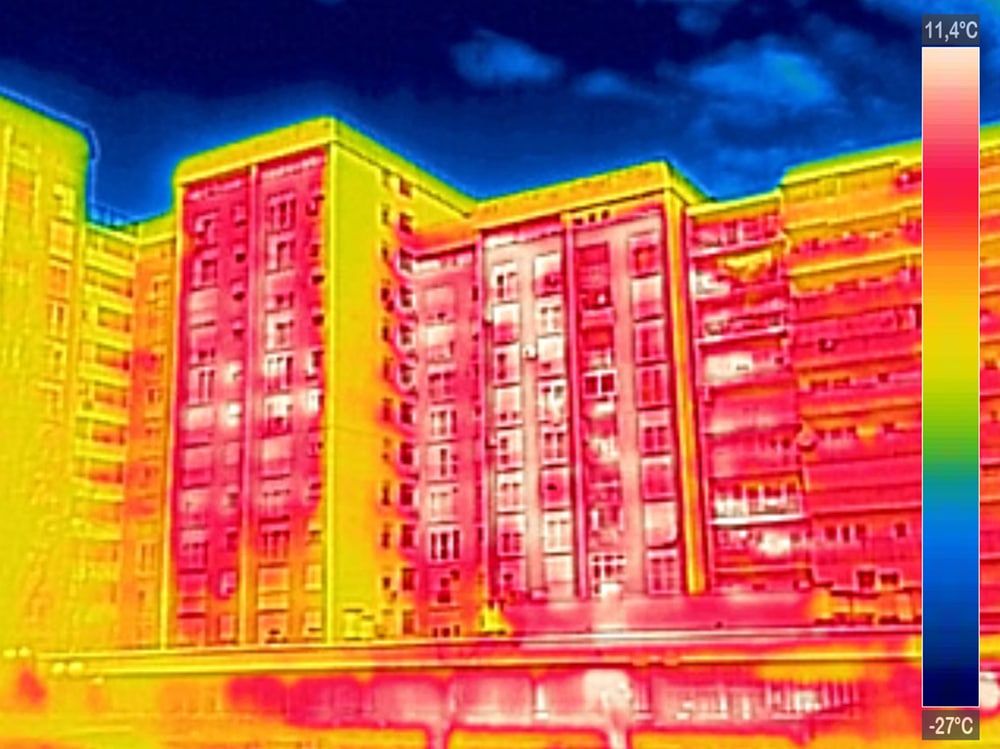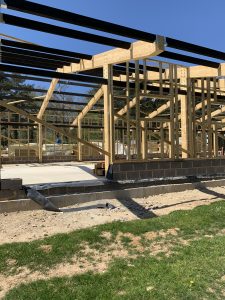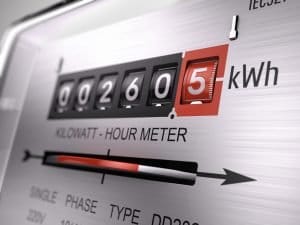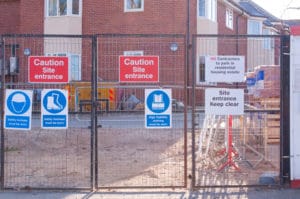In the ever-evolving landscape of building regulations and energy efficiency standards, at Buildpass we keep a close eye on the guidelines that shape how the construction industry works. A crucial turning point occurred when SAP 10 was introduced, representing a substantial revision that fundamentally altered our approach to addressing thermal bridging in building design. In this blog, we’ll dive into the impact of SAP 10 on thermal bridging calculations and explore what it means for your construction projects.
To learn more about SAP assessments, check out the Buildpass 101 guide to SAP assessments here.
SAP 10 brought about substantial changes in how thermal bridging is calculated and addressed in building design. While the details can be complex, we’ll break it down into easy-to-understand terms.
Thermal bridging, in essence, refers to the areas in a building where heat can escape more readily than in the surrounding areas. We have explained thermal bridging in more detail previously on our sustainable construction blog that you can read here.
The Standard Assessment Procedure for the Energy Rating of Dwellings (SAP) is the UK Government’s National Calculation Methodology for assessing the energy performance of dwellings. SAP measures the energy-related running costs of a home, and the assessments consider heating, hot water, lighting and ventilation.
What is SAP 10?
The SAP 10 constitutes an overhaul of the methodology and assessment processes employed to calculate energy consumption in new residential developments. Buildpass explains the changes from SAP 2012 to SAP 10 in this article. Essentially, SAP 10 is a more comprehensive and precise approach to quantifying heat losses and transitioning to these new guidelines has had a significant influence on the methods by which we plan heating systems and insulation for our homes.
How has SAP 10 changed thermal bridging calculation guidelines?
Thermal bridging used to be calculated in a few ways in SAP 2012:
- You could use a global factor called a ‘y-value’ (0.15 W/m²K) multiplied by the exposed surface area of the building.
- You could enter the length of each specific junction (where heat escapes) and multiply it by a standard Ψ-value for that type of junction.
- You could enter both the length and Ψ-value for each junction separately.
Now, in SAP 10.2, these options have been updated:
- In a study about building performance, it was found that sometimes, using the more detailed Ψ-value approach could result in more heat loss than using the default y-value (0.15 W/m²K). To avoid this, the global factor (y-value) has been increased to 0.20 W/m²K.
- The ‘default’ values have been made more pessimistic on purpose. They are based on the worst-performing examples of different junction types to encourage assessors and builders to assess each detail separately. This helps make sure buildings perform better.
- The old ‘Accredited Construction Details’ from Part L have been removed because they were outdated. But now you can use details from a trusted non-government database that has independently assessed thermal junction details.
For more detailed information on the changes with SAP 10.2, you can read the technical paper published by BRE here.
What does this mean for my project?
First and foremost, complying with SAP 10 guidelines is essential for meeting building regulations and obtaining necessary approvals. Failing to address thermal bridging adequately can result in a building that doesn’t meet the required energy efficiency standards, potentially leading to costly redesigns or delays.
Designers and builders will be encouraged to calculate the actual junctions and thermal bridging details in your specific building rather than relying on standard Ψ-values. This change helps ensure buildings are more energy-efficient and better at keeping heat inside.
Furthermore, SAP 10 encourages a more holistic approach to building design. It highlights the importance of considering thermal bridging from the outset, rather than as an afterthought. This shift in mindset can lead to more efficient, environmentally friendly, and cost-effective buildings.
H2: What are my options?
When it comes to addressing thermal bridging in your projects under SAP 10, you have several options at your disposal. These options can be tailored to your specific project requirements and budget constraints.
One approach is to invest in high-performance insulation materials and construction techniques. By using materials with low thermal conductivity and optimising insulation placement, you can significantly reduce thermal bridging and improve energy efficiency. Read more on Buildpass’s top tips for avoiding thermal bridging here.
Another option is to utilise advanced thermal analysis software. These tools can simulate and predict heat loss through different building components, allowing you to identify potential thermal bridging issues and make informed design decisions.
Where should I be targeting?
To determine where you should focus your efforts in mitigating thermal bridging, consider consulting the SAP 10 guidelines and associated documents. One particularly useful resource is a graph that visually represents the heat loss from various building components. By referencing this graph, you can pinpoint the areas with the highest thermal bridging risk and prioritise improvements accordingly.
Recommended reading for all of the options on avoiding thermal bridging: Thermal bridging Unwrapped on the Buildpass blog.
Can Buildpass advise me on thermal bridging?
Absolutely! At Buildpass, we are well-versed in the intricacies of SAP 10 and thermal bridging calculations. Our expert team can provide tailored guidance and solutions to help you navigate the evolving landscape of building regulations and achieve optimal energy efficiency in your projects. Don’t hesitate to reach out to us for advice and support on addressing thermal bridging in your construction projects. Together, we can create buildings that not only meet regulatory standards but also contribute to a more sustainable future. Contact us today for a free consultation.




















